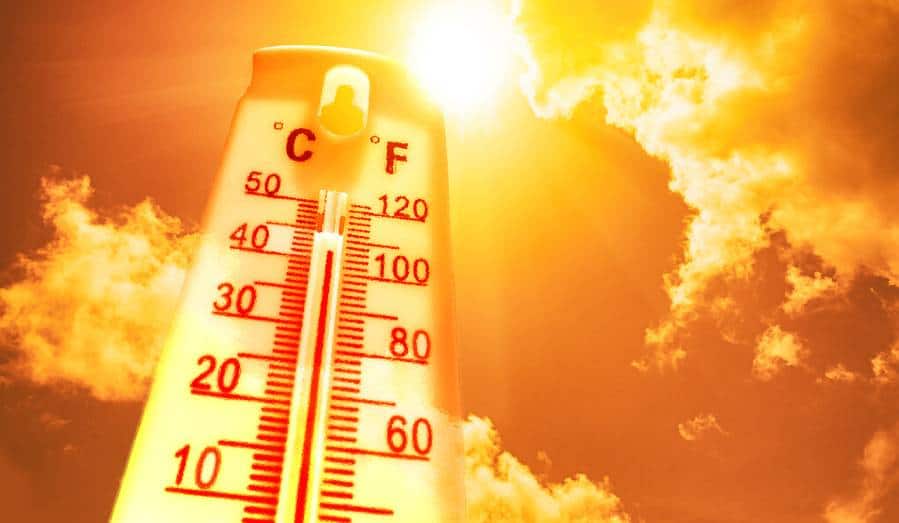
The seven days beginning June 27, 2021 will, hopefully, long be remembered as the week the American West suffered some of the worst heat and heat-related affects. Scores of high-temperature-related deaths not the least among them.
Under seemingly unrelenting high-pressure domes, in major metropolitan centers like Portland in Oregon and Seattle and Spokane in Washington, daytime temperatures not only reached, but exceeded the century (100 degree) mark. One former Phoenix, Arizona resident who after having pulled up stakes and relocating to the Pacific Northwest, in an on-camera broadcast television interview jokingly remarked that she had brought that desert state’s summertime hot weather with her. Truth be told, though, this was no joking matter.
What this rightfully could be viewed as, on the other hand, is a wake-up call and here’s why.
Alongside the heat-related fatalities, temps as high as 116 degrees Fahrenheit if not above were recorded in Portland, Oregon of all places, all previous high-temperature records there shattered. Even in locations north of the U.S.-Canadian border, it was more of the same.
The top weather story was punctuated by video footage of electronic signs showing 100-degree and 100-plus-degree readings on their displays, maps detailing where high-pressure cells were centered along with lines consisting of what could probably best be described as “floating arrowheads,” essentially indicating where the jet stream resided and its direction of travel, as well as scenes of lakes, reservoirs and the like at historically low levels. And, of course, no broadcast news story of this kind could ever be complete without a reference, cursory or otherwise, to global warming or climate change – there was that, too. A side story to the main one, meanwhile, was about wildland fires burning in the west.
As to what is responsible for driving this record-breaking heat, on this the jury is still out. Some supporting the climate-change notion proclaim that a changing climate has nothing at all to do with the recent extreme heat. Other climate-change believers, meanwhile, contend that climate change is, at most, a contributing factor and not the main driver. And there are furthermore those who will argue that this is climate change playing out in real time.
Climate change referring to a pattern of prevailing weather conditions taking shape over a number of years or decades at the regional level, the stifling heat domes that we’re seeing are, therefore, not climate-change caused. What they are rather are weather-related events, these being relatively ephemeral in nature.
Yet, at the same time, with global average surface temperature readings generally getting hotter what locals are experiencing firsthand in the Pacific Northwest region right now, well, it is not like what we are currently witness to was not predictable; as if this is something people couldn’t see coming. And, indications are the upward average surface temperature trend is going to continue, that is, absent comprehensive and substantive anthropogenic intervention.
Add to this the on-camera images of buckling roads and the evidence as seen via tv screen focusing on the damage caused by the excessive heat thereby rendering useless, in at least one instance, a high-voltage transmission wire and/or system, both examples pointing to the need to make said types of infrastructure more resilient to the high-temperature-caused damage.
And not to be overlooked either is the beating air in many places takes, such caused by high heat and sunlight combined with ozone, itself the product of the mixing of hydrocarbons, oxides of nitrogen and volatile organic compounds in sunlight’s presence.
If nothing else, the week of June 27, 2021 should teach us that weather events like the heatwave in the Pacific Northwest will be repeated – yes, we’ll see them again with perhaps their being more severe and/or longer-lasting.
One question is how many more of these kinds of hardships are we willing to endure? Another is are we willing to put up with all of the negative fallout?
Most importantly, though, how much longer until a truly universal stance is taken in an effort to stop the advance and reverse a changing climate that all of the world’s people are in one way or another, impacted by?
– Alan Kandel

Post a Comment